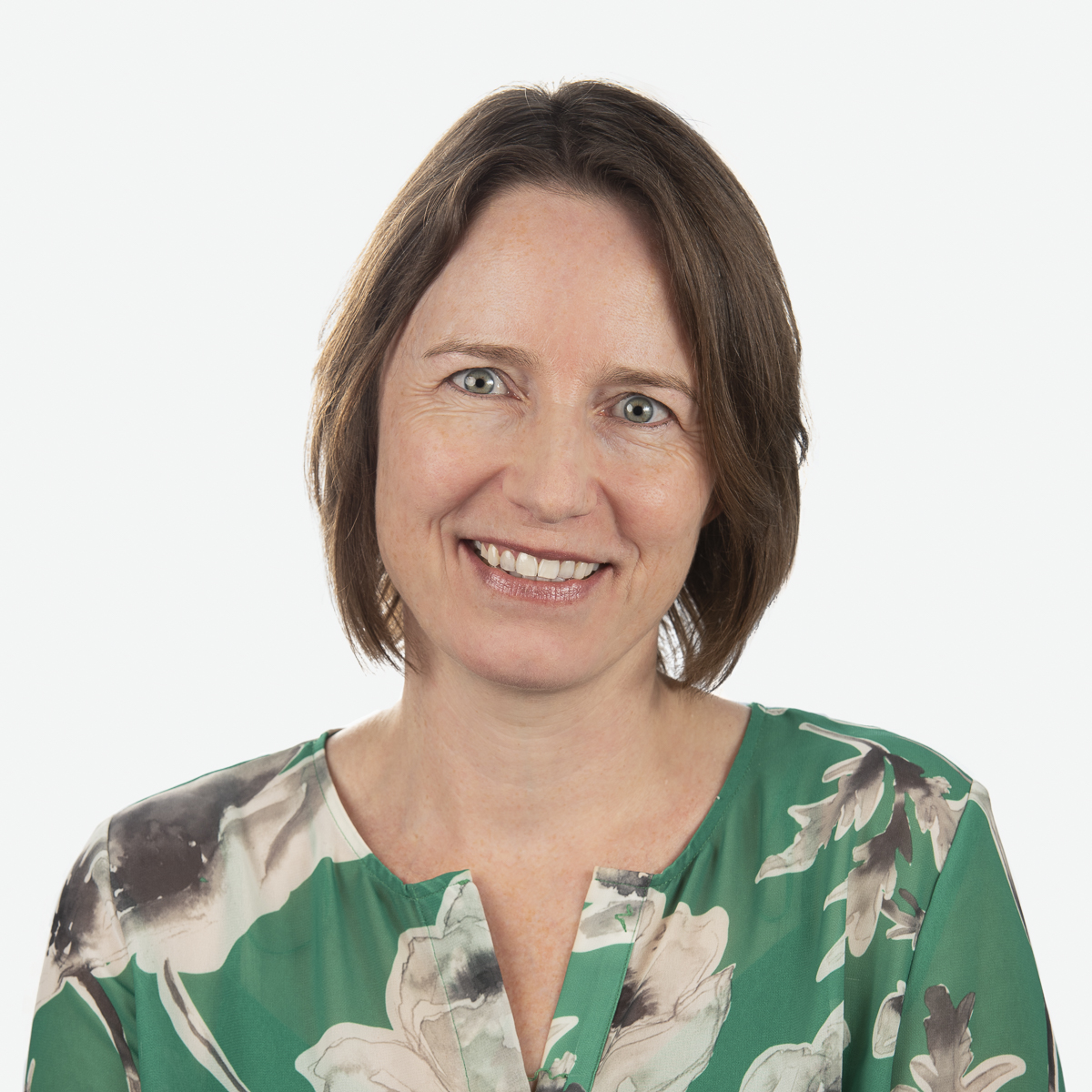What was your first job?
There have been a few…my first ever paid job was paper round. My first volunteer job was teaching in a rural high school in The Gambia, West Africa. My first internship was with the British Embassy in Moscow. My first corporate job was as a graduate trainee with Reuters in London. And my first impact-related role was as a sustainability consultant with Arup in Sydney.
All great experiences (with the possible exception of the paper round early mornings in the UK winter!)
When did you know you wanted to work in finance/business?
Although I started my corporate career in finance/business with Reuters, it wasn’t really planned (I studied Russian & International Relations at university) but rather due to the fact they offered a fantastic graduate program.
Then, twenty years ago, upon moving permanently to Australia, I went back to university (Macquarie) for a Postgraduate Diploma in Sustainable Development, only the second year the course was running. My original intention with that was to move into overseas development work, but I soon realised I could combine my finance/business experience with sustainability and that’s what I’ve been doing ever since. It was a really exciting time to enter the sustainability field and both the industry – and I’ve come a long way since then.
When did you first discover the concept of Impact Investing?
I can’t pinpoint a specific moment or event, but rather it was an evolution of working at Banarra (a social impact and human rights focused consultancy) and then KPMG (who acquired Banarra in 2015) and the understanding that we need to use every tool available to us to address inequalities, with capital being one of the most powerful – and underused. And that many people and organisations are not aware of the more positive impact their capital could have, were they to make different investment decisions. There’s still a lot of inertia and fear of change in investing, which is why building the data regarding impact investing so important.
It was probably also an extension of the shared value concept. I was fortunate to train with Mark Kramer in New York in 2014 and no matter what you call it, the concept of ‘win-win’ makes sense.
What’s one exciting development you and your team have in the pipeline?
It just happened – a few months ago we reached the first close of our new Inspire Impact Multi Strategy Fund, with $350 million in institutional capital. We’re investing in unlisted assets such as private equity, venture capital, infrastructure, property and alternatives, across eight social and environmental impact themes. We’re targeting competitive risk adjusted financial returns and intentional measurable contribution to underlying Sustainable Development Goal (SDG) targets.
It has been very rewarding helping move more mainstream institutional capital towards impact and developing the impact frameworks, assessment methodologies, metrics and reporting processes to support that, including how we approach comparing impact across a diverse range of potential investments. It has also been very rewarding working with our investee companies to further strengthen and better articulate their impact. It’s a real journey for everyone and collaboratively we’re building the data and learning and improving every day – that’s probably the most exciting part.
What was the most interesting impact deal (from any team across Asia/Pacific) in the past 12 months?
I’m particularly interested in the transition plays (like Grok/AGL) and also venture philanthropy/development (like DFAT’s Emerging Markets Impact Investment Fund) – and everything in between – and beyond, especially where it paves the way and catalyses further investment (or action) from others.
The common theme there too is the additional impact expertise that funders can bring to the investments. In my role I think a lot about the additionality that we as investors bring in terms of the need for the capital, the structure of that capital, the planned use of that capital and what more we could achieve impact-wise through active engagement with investee companies.
Name one high impact company (globally) that investors should keep their eye on?
Long term, if a company isn’t benefiting society in some way, it’s unlikely to last. But for high impact I would suggest it needs to be a company that through its core business is transforming the way we do things – and in a responsible way. I’m tempted to single out one or two companies, but there are so many different forms of impact that perhaps it’s more useful to look at these principles instead.
What’s your vision for impact investing in 5 years time?
That it’s not treated separately but rather that impact (the ‘what’) is considered in all investments, just as we see happening increasingly now with ESG (the ‘how’). The two need to be viewed together. And I’d like to see negative impacts consistently accounted for and disclosed, not just positive impacts. There will always be unintended environmental and social consequences and they should be properly factored into impact assessments.
Finally it would be great to see the democratisation of impact investing. It’s wonderful to have more and more institutional capital moving this way, but it can be hard for individual investors to access. So more impact funds with lower minimum investment amounts and accessible to retail investors like NorthStar Impact in Australia or Kizmet Impact in Canada, who are creating a creating a publicly-traded impact fund.

